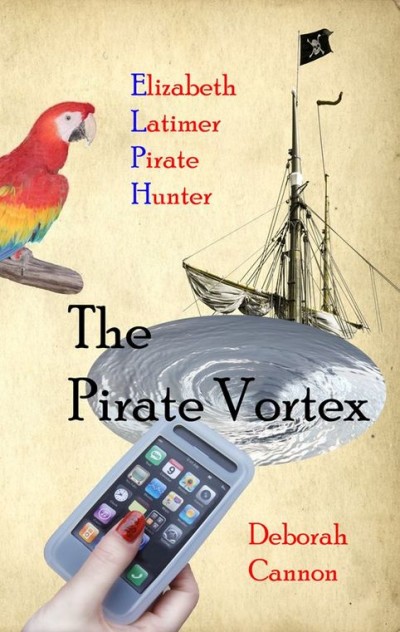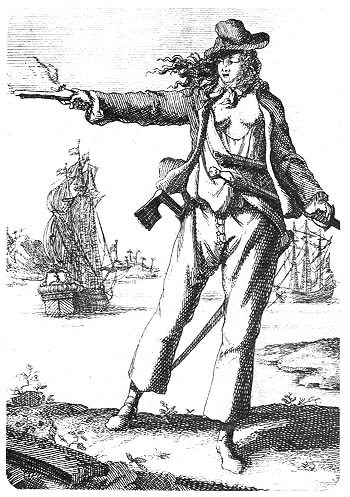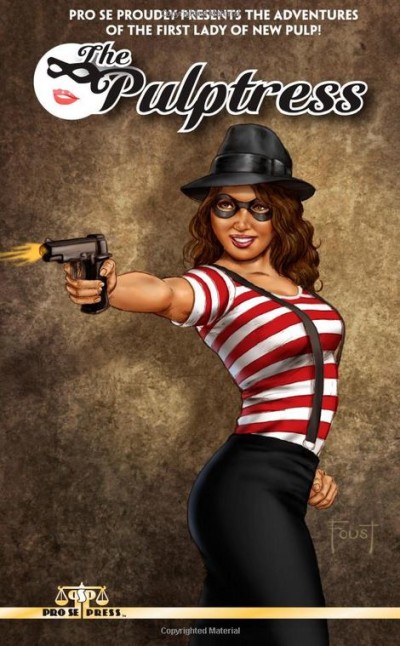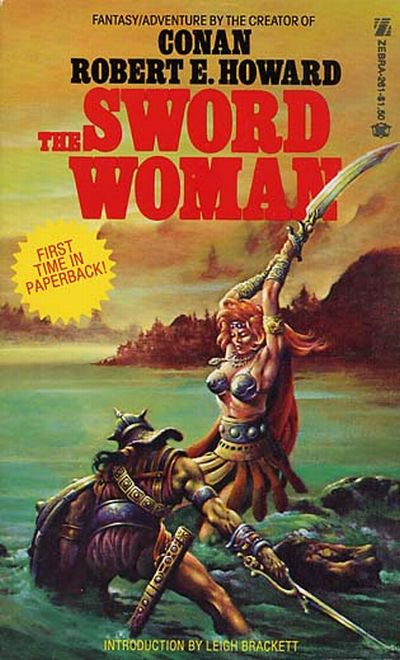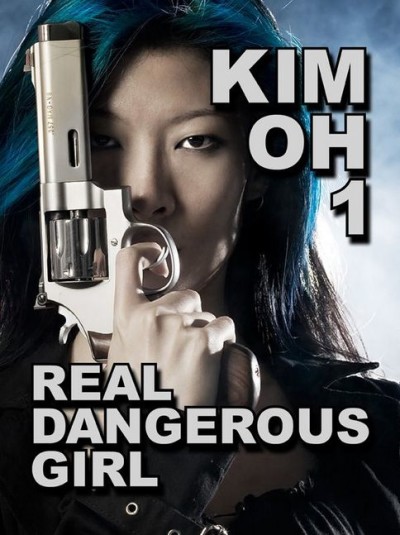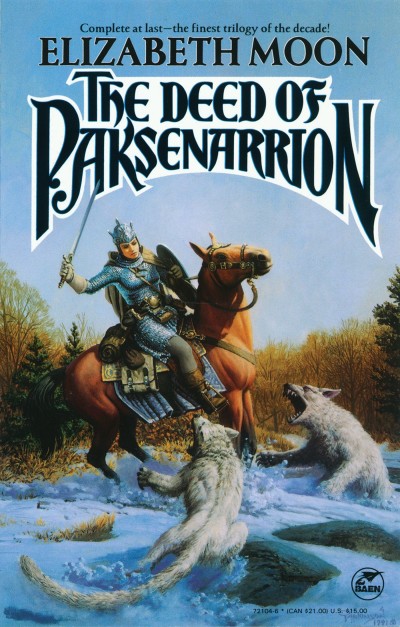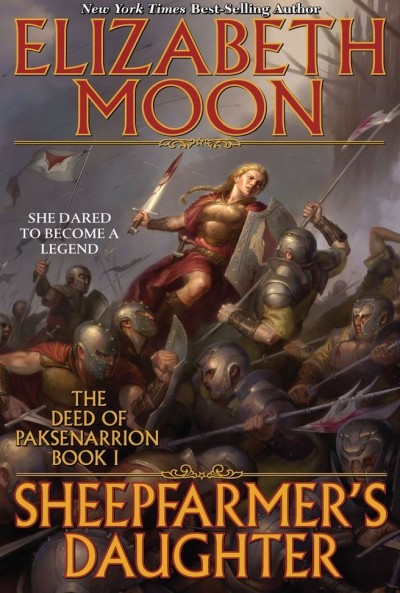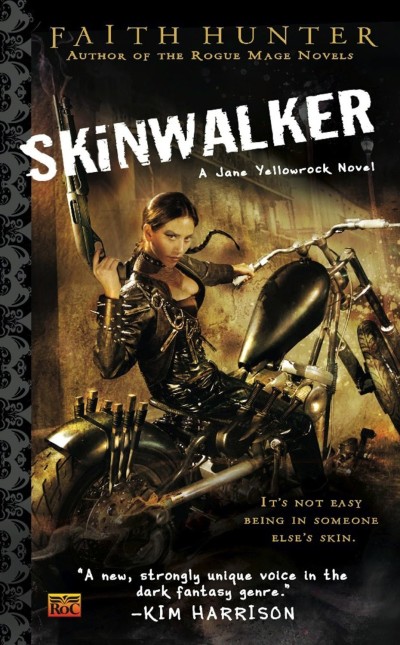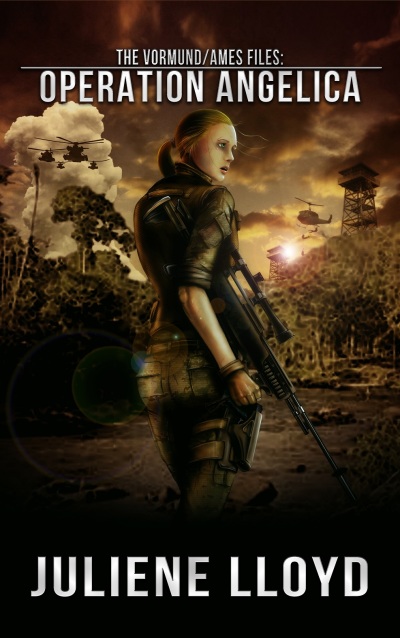Literary rating: ★★★★½
Kick-butt quotient: ☆
 This fast-paced action novel opens the author’s Pia Sabel series, about an international women’s soccer star who takes over the management of her father’s world-class security firm. My read of it flew pretty quickly; the narrative drive and suspense kept me turning pages as fast as I could. It’s easy to imagine some readers finishing it in a few days –less time if they’re able to read it nonstop, and many might want to.
This fast-paced action novel opens the author’s Pia Sabel series, about an international women’s soccer star who takes over the management of her father’s world-class security firm. My read of it flew pretty quickly; the narrative drive and suspense kept me turning pages as fast as I could. It’s easy to imagine some readers finishing it in a few days –less time if they’re able to read it nonstop, and many might want to.
Brave, principled action heroines are an enormous draw for me in fiction, and Pia Sabel is an outstanding example of the type. Seeley’s skill in bringing her to life is the key to the novel’s success; she’s an intriguing, fully round character with a complex past that shapes her. (Not all of this past is revealed here, and what is revealed is exposed gradually, sometimes in a way that can create a bit of confusion; but stay with it.) Even as a young child, her life was impacted by violence. Her adoptive father is an enormously wealthy business tycoon with a drive and determination that he’s passed on to her. She’s rich in her own right from stocks he settled on her, gifted with a tall, strong physique developed as an athlete, and highly trained as a boxer.
Not a superwoman, she isn’t without her inner demons; she also lacks experience with security and combat, despite growing up around security operatives, and she can be dangerously brash and impulsive. But she has believable strengths that counterbalance these weaknesses. (One is native smarts, which she’s used to applying in competitive situations, and an ability to read people –though she doesn’t always realize when she needs to let these skills kick in.) Above all, she’s a caring, highly ethical person who genuinely wants to help others, whether it’s with her money or with her fighting ability.
Around her, the author has created an edge-of-the-seat plot which opens with a man’s head being blown off on the second page, and keeps up the pace until the end. Piracy and money laundering are the engines that drive the action (though Seeley doesn’t dwell on the intricacies of the latter), which includes life-and-death jeopardies for our heroine, along with plenty of gun fighting and hand-to-hand combat on land and water. The violence isn’t as bloody as it could be, however –while Pia packs bullets as a last resort, her Glock, like other Sabel Security firearms, is equipped to shoot quick-acting tranquilizer darts, and one of her first acts as head of the company is to require these to be the first resort in all cases. Pia’s also not the only strong female character in an action role here; Sabel Security’s Major Jonelle Jackson and Agent Tania are also well-drawn characters whom I expect to see more of in the later books.
I’d characterize the book primarily as action-adventure, but it has elements of the mystery genre too, with a criminal mastermind whose identity is hidden through much of the book, and will take some twists and turns to reveal. (I guessed one of Seeley’s secrets early on, but not all of them.) He develops the geographical settings –Geneva, Cameroon, Lyon, Vienna– with an assurance and vividness that suggests that he’s actually been to these places; and there’s none of the awkwardness here in handling language that’s so often associated with first-time, self-published novelists. He also knows soccer, and knows about guns, high-tech communication equipment, etc. IMO, most of the plot developments and motivations stand up well to examination.
What flaws did I find in the book? First, the descriptions of action scenes were often, for me, hard to follow visually; that is, from the language used, I couldn’t always exactly picture the action in my mind without it seeming awkward (that may be because I haven’t engaged in that sort of fighting, and don’t have the experience to picture it with), or because I couldn’t get the physical layout of the setting, as in the floor plan, etc. Second, Seeley sometimes suddenly drops bits of information that Pia or other characters have known before (but we haven’t) into the mix at moments when they can be useful, in a way that sometimes makes them come across as confusing, or as a Deus ex machina, or both. It would have made the narrative smoother, IMO, to introduce these earlier, and I don’t think it would have required info-dumps to do so.
There’s also a basic credibility problem; under the circumstances, I don’t think Alan Sabel would realistically have sold her the control of his security firm, and I don’t think it’s realistic to imagine the top leadership of the firm being involved in field operations with nobody minding the store at headquarters. (Of course, the author’s purpose demands that Pia be in the field; and the premises of action heroine fiction not infrequently do strain believability a bit.) But these weren’t deal-breakers!
Pia’s a stellar action heroine for the 21st century, and I’m already a committed fan who wants to read every book she ever stars in. My recommendation doesn’t carry the weight that genre author Zoe Sharp’s does; but nevertheless, I’m proud to add my endorsement to hers.
Note: There’s no sex in the book; and though some characters do at times use profanity and obscenity in their speech, the author does exercise a degree of restraint with this.
Author: Seeley James
Publisher: Self-published, available through Amazon, both for Kindle and as a printed book.
A version of this review previously appeared on Goodreads.





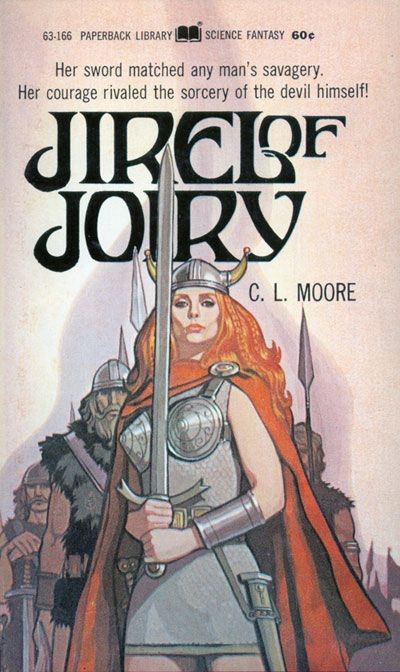
 Originally published in the pulp magazine Weird Tales in the late 1930s, Moore’s five stories featuring beautiful swordswoman Jirel, lady ruler of a feudal fiefdom in medieval France, were as germinal in the development of sword-and-sorcery fantasy as the work of her contemporary, Robert E. Howard. Jirel is a strong and complex character, the first in prose fantasy’s long and honorable list of butt-kicking heroines; tough but not brutal, proud and hot-tempered, but possessing a gentle side, too. Like most people in her time, she’s a loyal daughter of the Church –but she’s not especially religious and wouldn’t make any claims to sainthood! Though she’s a veteran fighter of conventional battles, these stories involve her mostly in adventures of another sort, confrontations with dark sorcery, usually in otherworldly, extra-dimensional realms.
Originally published in the pulp magazine Weird Tales in the late 1930s, Moore’s five stories featuring beautiful swordswoman Jirel, lady ruler of a feudal fiefdom in medieval France, were as germinal in the development of sword-and-sorcery fantasy as the work of her contemporary, Robert E. Howard. Jirel is a strong and complex character, the first in prose fantasy’s long and honorable list of butt-kicking heroines; tough but not brutal, proud and hot-tempered, but possessing a gentle side, too. Like most people in her time, she’s a loyal daughter of the Church –but she’s not especially religious and wouldn’t make any claims to sainthood! Though she’s a veteran fighter of conventional battles, these stories involve her mostly in adventures of another sort, confrontations with dark sorcery, usually in otherworldly, extra-dimensional realms.